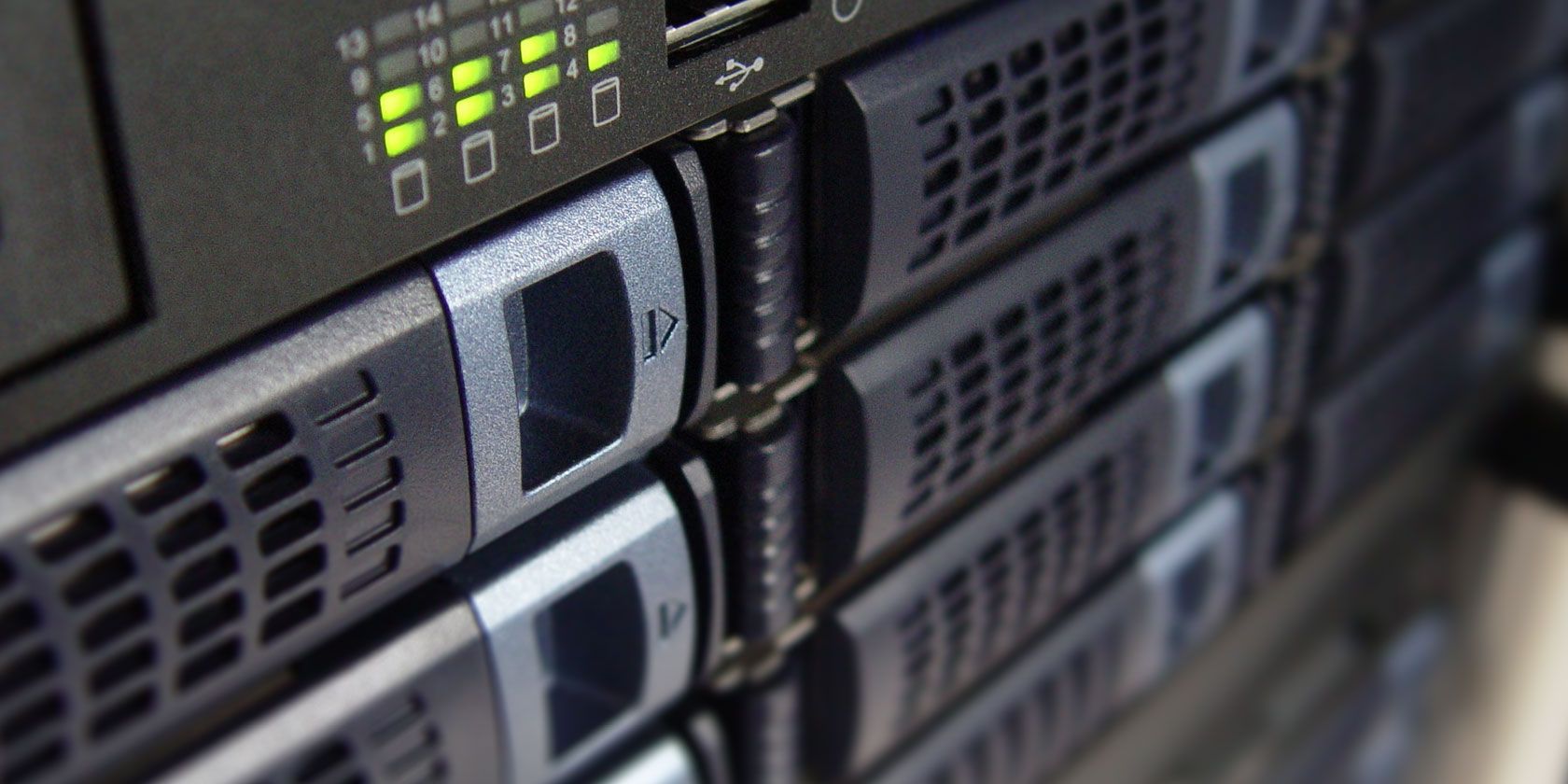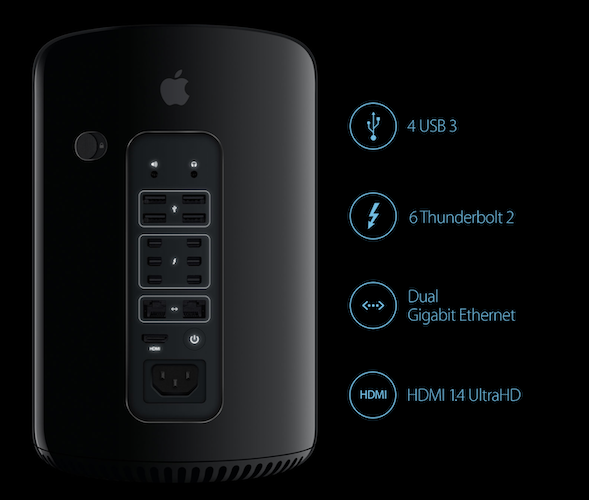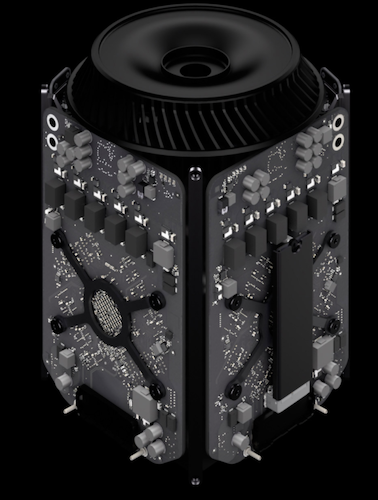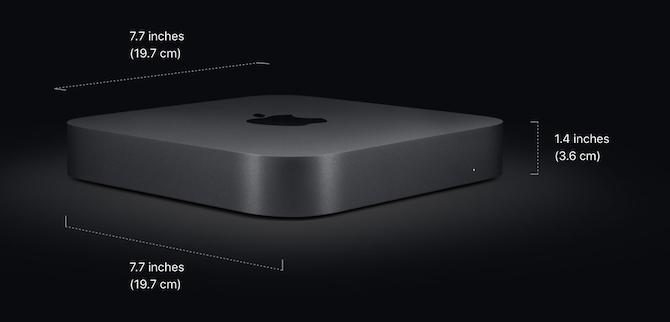The Mac server has taken many forms. From the days of the first aqua green G4 tower, it has appeared in such shapes as the HAL-like Xserve array, the silver G5, and the expensive trash can aesthetic of the Mac Pro.
These days, there are multiple Macs that can wear the server mantle, each with their own pros and cons. Let's take a look at what Macs make good servers, and which one might be right for you.
Upgradability
One of the most important features to consider when choosing a Mac server is how much you can upgrade it.
This is the device on which your entire environment will depend. You'll use it for backups, file shares, hosting websites, and more. Ideally, you'll want to replace that hardware as infrequently as possible. Therefore, you want to future-proof your Mac server as much as you can.
Older servers like the original Mac Pro tower could be opened up easily, and had extra PCI slots for additional hard drives. This PCI connection was vital if you wanted to boot from it, as any other connection like FireWire or USB would be too slow. You could also expand the memory if you wanted.
These days, any Mac with Thunderbolt 2 or Thunderbolt 3 can get PCI-level speeds with an external connection. Internal upgrading isn't necessary anymore.
The Best Mac Server for Upgrading
The Mac Pro has a whopping six Thunderbolt 2 ports. Each one of these ports allows you to connect a drive or display. Additionally, the memory is user-expandable.
The Mac Mini, on the other hand, only has four ports. However, they're Thunderbolt 3, which is faster. Its memory is not user-upgradable.
Constant Uptime
Your server needs to be available at all times. Depending on what you use it for, it may even need to work hard all the time. You need a machine that's prepared for a near-constant uptime, and some Macs are better than others for this.
The Best Mac Server for Uptime
The Mac Pro's trash can design is optimal for dissipating heat. The fan running through the center of the computer cools all the components efficiently and quietly.
Overheating is one of the main concerns with a machine that's constantly on, so the Mac Pro wins this category.
CPU Speed
The speed of your server matters. It's the first bottleneck to consider when you experience a slowdown, and it's an issue you can't fix without buying a new device.
The Best Mac Server for CPU Speed
The iMac Pro offers an astonishing 18-core Intel Xeon processor. Meanwhile, the Mac Pro maxes out at an 8-core Intel Xeon.
Xeon processors are ideal for servers, as they're made for handling powerful CPU loads and long uptimes.
Storage
When it comes to storage, you can go one of two ways: more or faster. Your instinct might lead you towards more, but when it comes to your server, you want your disk as fast and reliable as possible.
The most likely and dangerous issue you can have with your server is a drive failure. Nip that problem in the bud with the kind of storage device you choose.
SSDs are ideal for servers due to their speed and low failure rate. If your budget allows you to get either a larger hard disk drive or a smaller SSD, the solid state drive is the way to go.
The Best Mac Server for Storage
The Mac Pro offers a baseline 256GB SSD, upgradable to 1TB. The Mac Mini has a wider range of an 128GB SSD to 2TB.
The only other difference is that the Mac Pro's storage is upgradable after purchase, while the Mac Mini's is not. Both can still connect to external drives via Thunderbolt and achieve PCI-level speeds, but the internal drive should still always be the drive you boot from.
Connectivity
If you're using a server to host a website, or if you'll need to work from it while you're on the go, bandwidth is key. The more speed you can get, the better.
The Best Mac Server for Connectivity
The Mac Pro comes standard with two separate Gigabit Ethernet connections, which you can bridge to create one 2Gb connection.
Meanwhile, the Mac Mini comes with one Gigabit Ethernet, which can instead be upgraded to a 10Gb connection.
In addition, the iMac Pro can have its Ethernet connection upgraded to a 10Gb port.
Physical Space
Whether it's on a desk, in a rack, or in a closet, the amount of space your server takes up is an important factor. Obviously, less is better, but the shape matters as well.
The Best Mac Server for Physical Space
The Mac Mini was made to fit on a server rack. Small, compact and quiet, you can hide it somewhere and forget it's even there.
The Mac Pro is small, but its unique shape makes it hard to fit in with other technology. Also, because of its central fan, it can only be oriented one way, and it needs enough space to breathe so it won't overheat.
That being said, even the Mac Pro takes up far less space than previous generation. Because it doesn't have a display, it takes up much less space than, say, an iMac.
Winners of the Best Mac Server Title
So now that we've looked at the options, which Mac models make the best server?
For power and versatility:The Mac Pro's power, cooling abilities, and upgradability make it the ideal server---if you can afford it. Not to mention, it looks great. Though the price tag is a bit steep, it should last for seven years or more with its easily replaceable parts.
But the Mac Pro is really only for power users. Find out if you would really use a Mac Pro before you spend the cash.
For cost-effectiveness: For less than half the price of the Mac Pro, you can get a powerful server in the Mac Mini. Just make sure you know exactly configuration you want going into your purchase, since you won't be able to upgrade anything later (except via Thunderbolt 3 ports).
Get Use Out of Your Server
Now that you have your new Mac server, what are you going to do with it? We've looked at reasons to build a server, which will give you some ideas.





